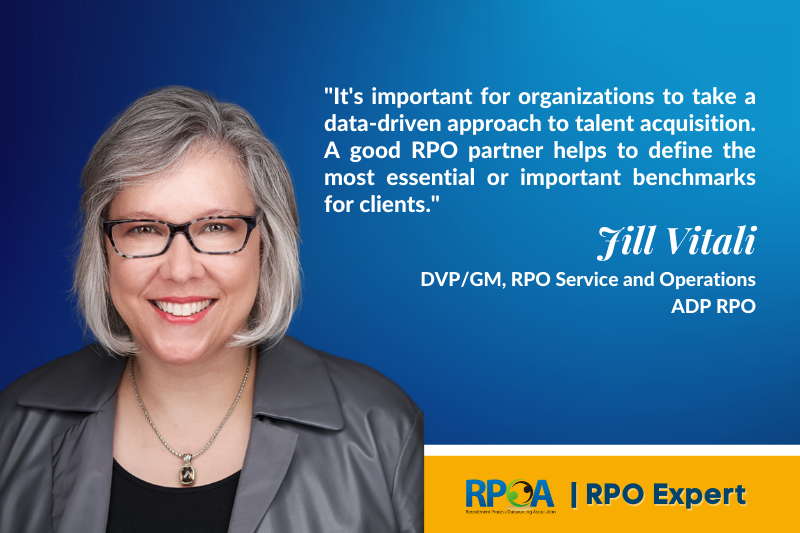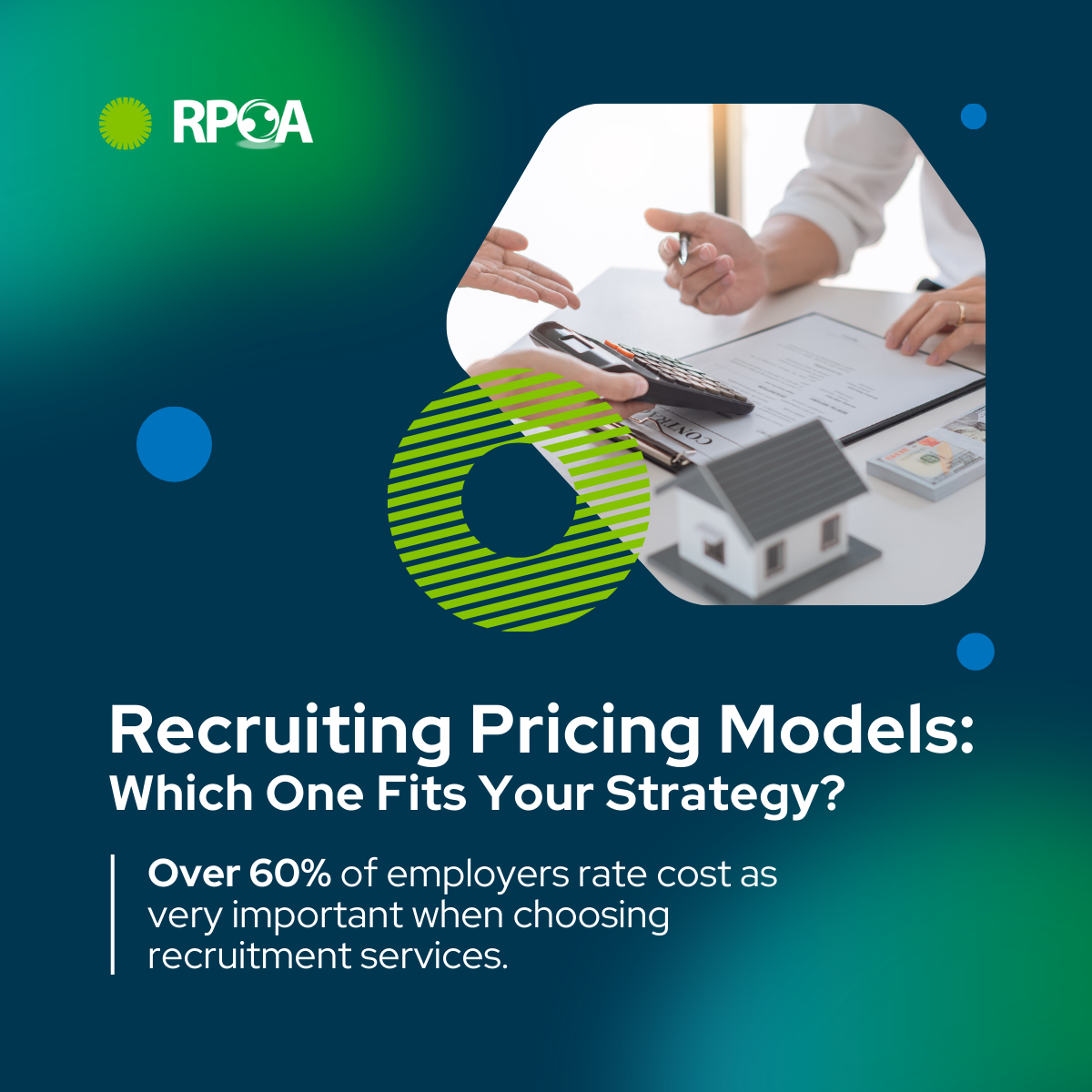
Greg Gary, Senior Director of Business Development at Broadleaf Results, said, “it typically takes four to seven weeks to implement an RPO program.” What are the essential steps for a successful recruitment process outsourcing (RPO) implementation? In this post, three members of the RPO Expert Series share six steps to ensure a superior RPO implementation.
Step 1: Pre-Planning
At the pre-planning step, you and your RPO provider will work together to figure out your organization's existing hiring resources and constraints. At this point, Jill Vitali, DVP/GM, RPO Service, and Operations at ADP RPO points out that you must express to your RPO partner your expectations of the partnership. She said that an excellent way is to create a list of must-haves, nice-to-haves, and things you don't need.
For a successful RPO implementation, you'll need active executive participation. Having active involvement from the beginning "supports change management with hiring managers who've been doing what they've always done," Jake Ebenhoch, VP, Veteran-Based Hiring and RPO for Orion Talent, said. Gary echoed that an engaged executive or business leader who has a vested interest in the project ensures success.
As a TA leader, it is crucial to acknowledge the limitations of your existing hiring processes. "It's critical that you are aware of where you are," Gary said. "Do you have an issue in your hiring process today? Is there something that's slowing you down within the process?"
Also, "it's important to look at your people, process, and technology," Vitali shared. "If you're having challenges, where are those challenges? Not enough recruiters? Can't keep recruiters staffed to handle your hiring needs? Do you have seasonal labor demands? Are your recruitment costs high or are you aware of your recruitment costs? Do you struggle with compliance?"
Finally, from a contractual standpoint, Ebenhoch said, "It's important when you're building a contract that everybody agrees as the market changes, so does the contract because you're in it for a long time, and the performance will take a hit if those conversations aren't built into the contract itself."
Step 2: Discovery
From this discussion in your pre-planning, you and your RPO provider will map out the process needed for your RPO solution. Your RPO partner will use the information from the pre-planning step to shape your RPO model design elements.
Gary shared that you and your provider should discuss timeframes and project types during discovery. Some project types last two to three months, others maybe a year, two years, or never-ending. In this step, you'll understand that RPOs can handle a broad spectrum of hiring scenarios. And you'll find out that there's an RPO model for almost any hiring situation. Whether you need 300 hires in three months or 12 months, there's an RPO solution for the specific need.
Step 3: Design Your RPO Model
Once you have completed the pre-planning and discovery steps, your RPO provider can start designing the RPO solution that best fits your organization's hiring needs. "The RPO doesn't have to be an all or nothing," Vitali said. "[Your RPO model] can be customized to your needs to meet you where you're at as an organization."
With that said, any RPO solution should have process efficiency designed into it. Ebenhoch said, "If you don't have the efficiency built into your process, you will have candidates ghost you." And Vitali noted that RPOs design their models with efficiency and scalability in mind.
Your employee value proposition (EVP) needs to show up in your hiring process. Vitali said, "Candidates want to make sure they're working for an employer who's more than just a bottom-line company." Gary observed that you need to ensure the RPO partner designs your model to speak to your EVP at each job level.
Step 4: Pre-Go-Live
The pre-go-live step is where your RPO partner tests all the technologies and processes. During this testing period, there's no recruiting going on, but your RPO partner is doing things in the background to make sure your hiring process is ready on its go-live date.
Step 5: Go-Live
Going live is the most anticipated step because that's when you and your RPO partner activate all the technologies and processes. But Gary said that often organizations expect immediate results after activation. He said, "Realistically, you're going to see true success come about 30 days after go-live because it does take time to recruit, get the interviews set up, and get the interviews flowing and going, especially for that first couple go-rounds." So as a TA leader, make sure you understand that it'll be about a month after activation of your RPO solution when you'll start seeing results.
Step 6: Post-Activation
Post-activation is the most critical step because it ends the RPO implementation and begins cultivating the RPO partnership. Ebenhoch said that the cultivation of a successful RPO partnership requires:
-
Monthly calls with the primary stakeholders
-
Quarterly business reviews
-
Annual strategy meetings
According to Ebenhoch, making sure that these points of communication happen will reinforce "that the RPO is there to work as an extension of your team, rather than just fill those positions or an additional channel that may be filtering some unqualified candidates."
A good RPO partner will give you a scorecard of how well or bad things are going with the program. Vitali said, "We may need to change our sourcing strategy. We may need to change a candidate profile." It's that kind of conversation that continuously grows the partnership between you and your RPO provider.
And because you included a clause in your contract at the pre-planning step that accounted for market changes, you and your RPO partner can quickly pivot to unexpected changes in the market or scope of work without disrupting the relationship.
People are an essential element in every RPO partnership. The right partner will take the time and resources to build trust and relationships with you. As a result, they'll help you create a successful talent acquisition operation that delivers strong results over a long period.
To learn more about RPO and how it can make recruiting and hiring easier for you, subscribe to the RPO Voice Blog to receive instant notifications of new blog posts.






-min.jpg)







